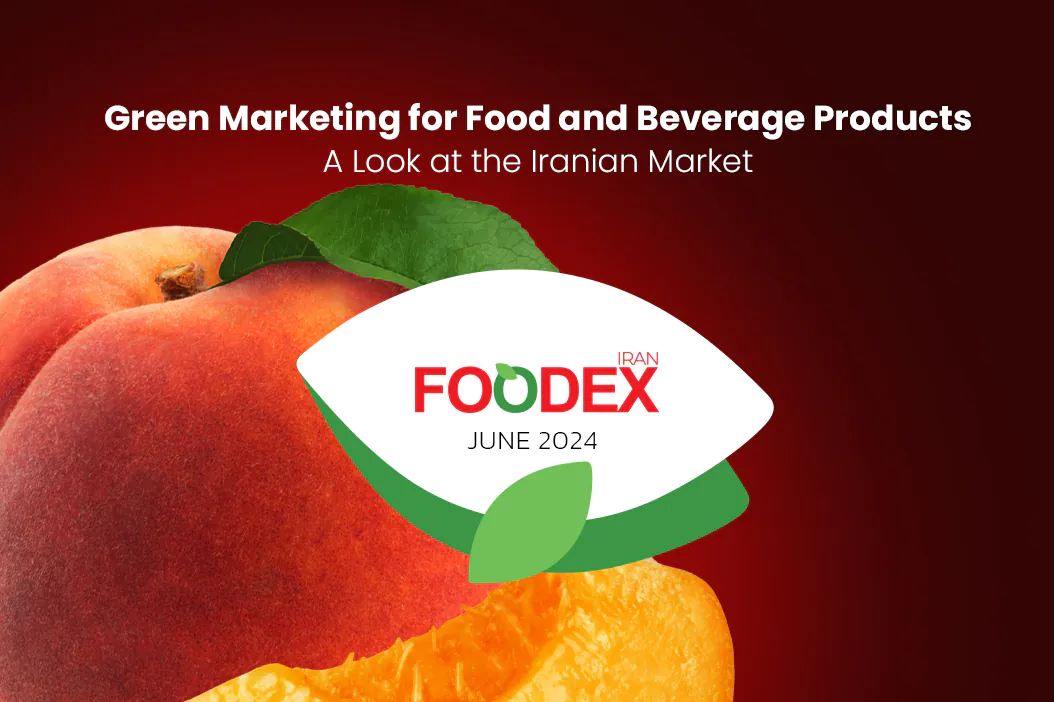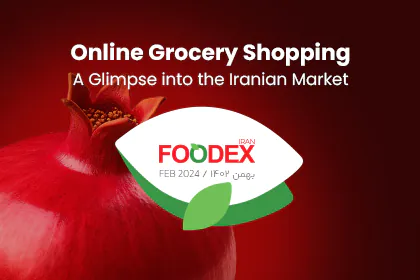A look at the nutrition of Iranians
In this research, the goal is to determine the share of major food items in the food basket of Iranians and to determine how the nutritional diet of Iranians is based on a variety of demographic variables. After this stage, the amount of each of these food items will be checked and analyzed in comparison with the national and international standards of different countries.
Expect special reports of Foodex Iran on Iran’s food and beverage industry.









One Response
good